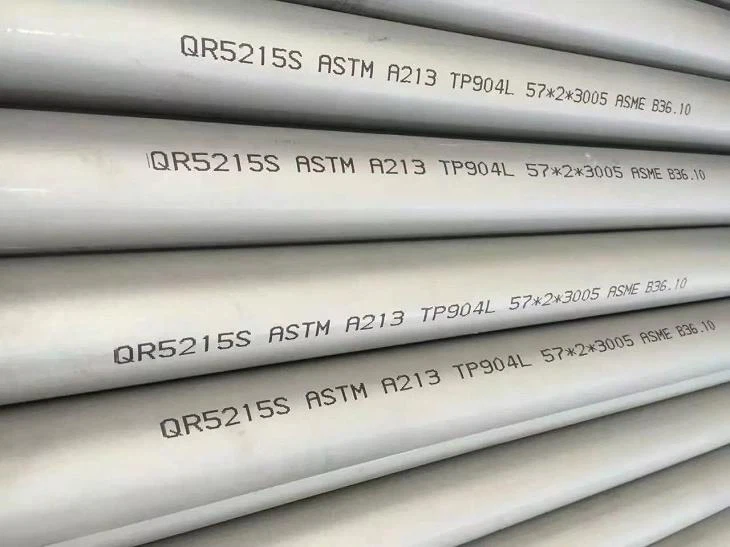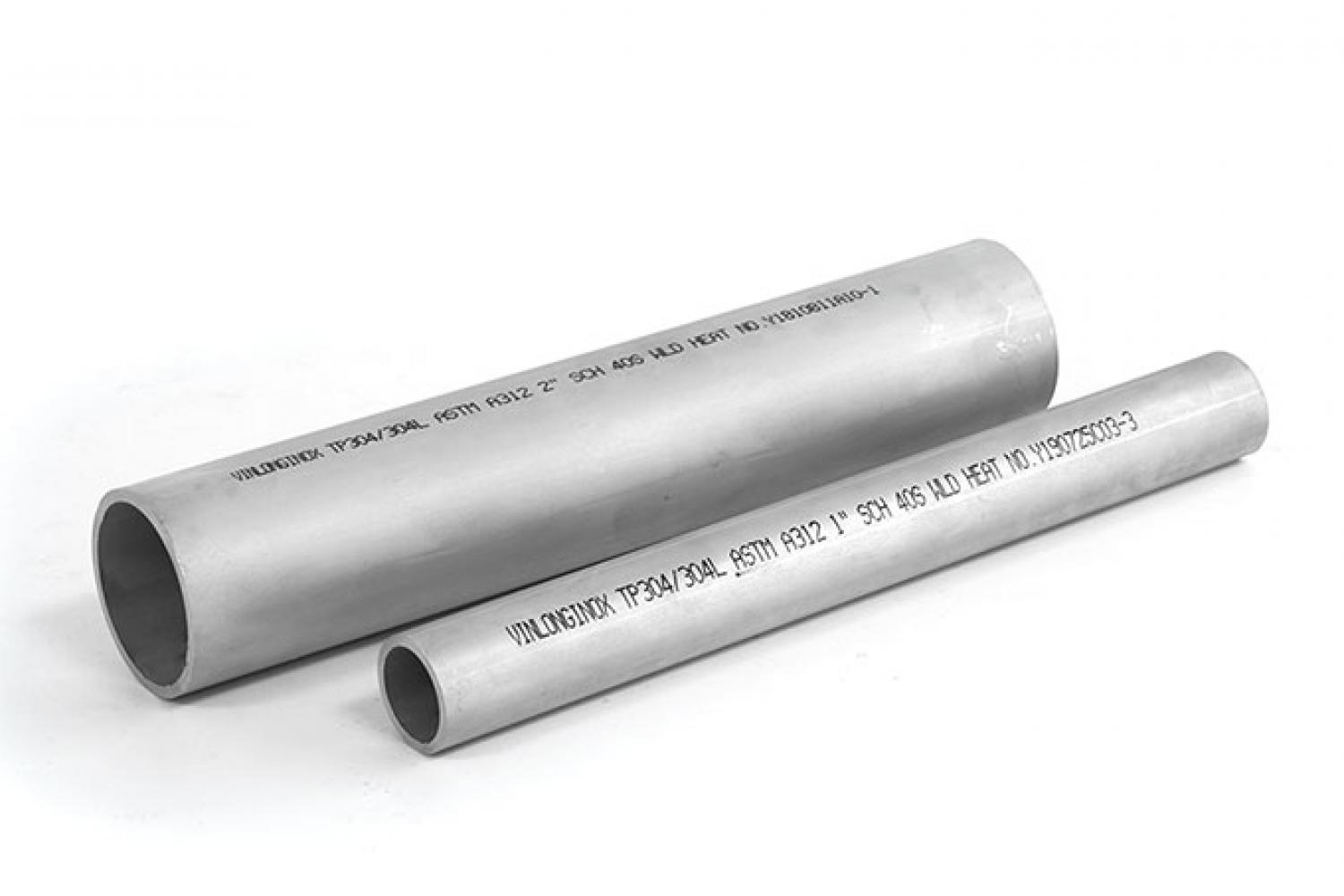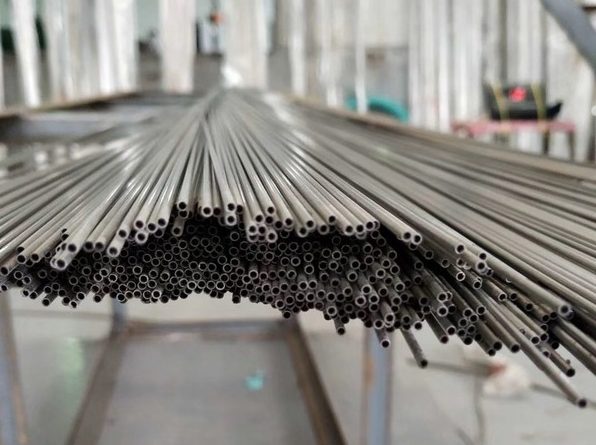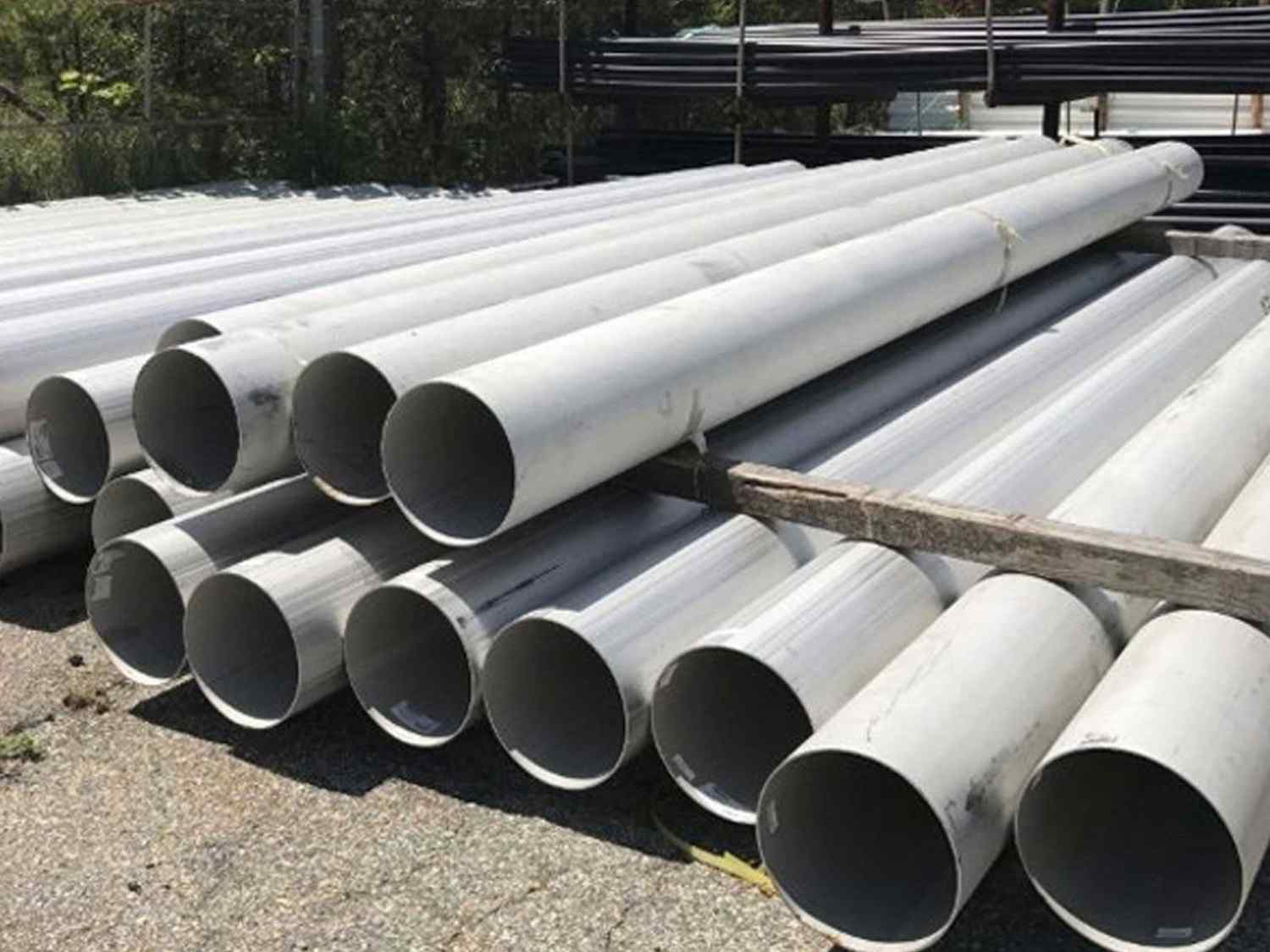ASTM A268 Stainless Steel Pipe
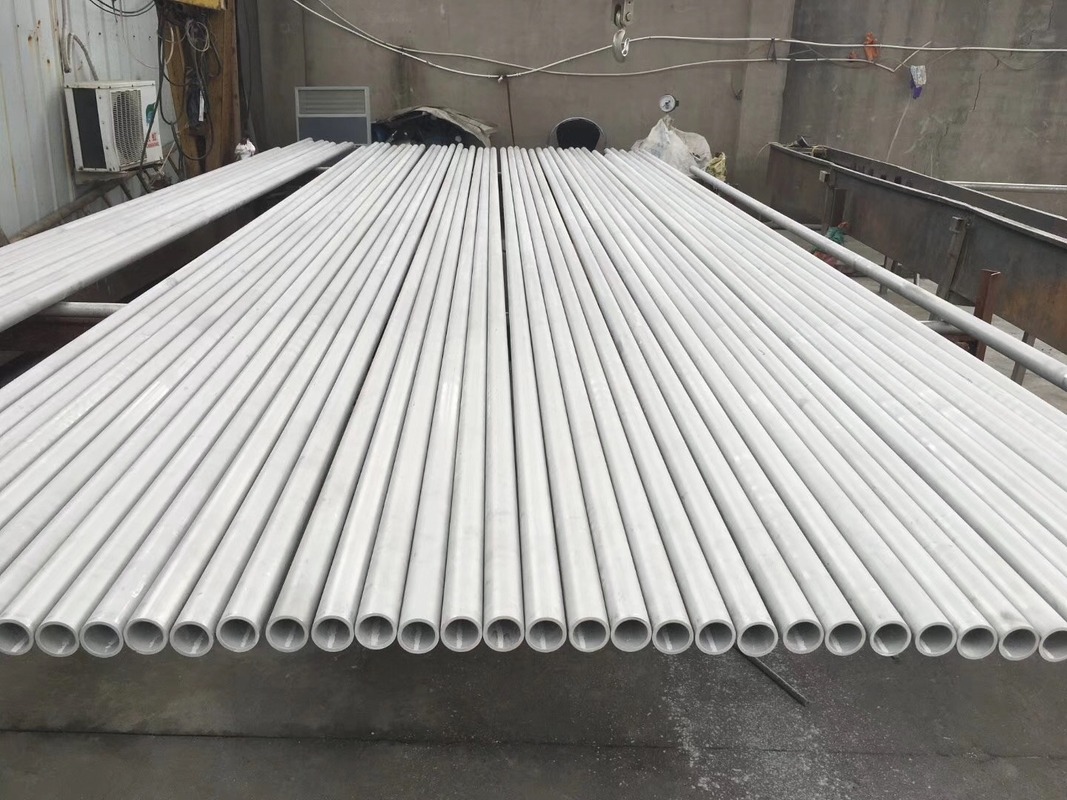
ASTM A268 Stainless Steel Pipe
Introduction
ASTM A268 is the standard specification for seamless and welded ferritic stainless steel tubing for general corrosion-resisting and high-temperature service. This specification covers both seamless and welded tubes, which are widely used in applications requiring resistance to oxidation and corrosion at elevated temperatures.
ASTM A268 Specifications
Scope
ASTM A268 covers seamless and welded ferritic stainless steel tubes that are intended for high-temperature service and general corrosion resistance. This specification includes several grades of ferritic stainless steel, such as TP409, TP439, TP430, and TP446, among others.
Chemical Composition
The chemical composition of ASTM A268 stainless steel tubes varies depending on the grade. The following table summarizes the typical chemical composition for some common grades:
| Element | TP409 | TP439 | TP430 | TP446 |
|---|---|---|---|---|
| Carbon (C) | 0.08 max | 0.03 max | 0.12 max | 0.20 max |
| Manganese (Mn) | 1.00 max | 1.00 max | 1.00 max | 1.50 max |
| Phosphorus (P) | 0.040 max | 0.040 max | 0.040 max | 0.040 max |
| Sulfur (S) | 0.020 max | 0.020 max | 0.030 max | 0.030 max |
| Silicon (Si) | 1.00 max | 1.00 max | 1.00 max | 1.00 max |
| Chromium (Cr) | 10.5-11.7 | 17.0-19.0 | 16.0-18.0 | 23.0-27.0 |
| Nickel (Ni) | 0.50 max | 0.50 max | 0.50 max | 0.50 max |
| Molybdenum (Mo) | – | – | – | – |
Mechanical Properties
The mechanical properties of ASTM A268 stainless steel tubes are suitable for high-temperature and general service applications. The typical mechanical properties include:
- Tensile Strength: Minimum 380 MPa (55 ksi)
- Yield Strength: Minimum 205 MPa (30 ksi)
- Elongation: Minimum 20% in 2 inches
Tube Sizes
ASTM A268 tubes are available in various sizes, indicating the outside diameter (OD) and wall thickness. Common sizes include:
- Outside Diameter (OD): 1/8 inch to 5 inches
- Wall Thickness: Depending on the application, wall thicknesses can vary widely.
Technical Details, Dimensions, and Tolerances
Dimensions
The dimensions of ASTM A268 tubes are specified by their outside diameter (OD) and wall thickness. Standard sizes range from 1/8 inch to 5 inches in outside diameter. Common dimensions include:
- Outside Diameter (OD): 1/8 inch to 5 inches
- Wall Thickness: Varies based on application requirements.
Tolerances
ASTM A268 specifies precise tolerances to ensure the tubes meet quality and performance standards. These tolerances include:
- Outside Diameter (OD): ±0.1% of the specified OD
- Wall Thickness: ±10% of the specified wall thickness
- Length: Tubes are typically supplied in random lengths, with specific tolerances based on customer requirements.
Wall Thickness & Tolerance
The wall thickness of ASTM A268 pipes is critical for their performance in high-temperature and corrosive environments. Tolerances on wall thickness are essential to ensure consistent performance. The standard tolerances include:
- Wall Thickness Tolerance: ±10% of the specified wall thickness.
- Minimum Wall Thickness: The minimum wall thickness must not be less than 87.5% of the specified nominal wall thickness.
Materials and Manufacture
Materials
ASTM A268 tubes are made from ferritic stainless steels, which are known for their excellent resistance to oxidation and corrosion at high temperatures. Common grades include TP409, TP439, TP430, and TP446, each offering specific advantages for different applications.
Manufacture
The manufacturing process for ASTM A268 tubes involves several steps to ensure quality and performance:
- Seamless Tube Production: Seamless tubes are produced by extruding or piercing solid billets of stainless steel.
- Welded Tube Production: Welded tubes are produced by forming and welding strips of stainless steel. The weld seam is typically subjected to heat treatment to ensure homogeneity and strength.
- Cold Working: Cold working processes such as cold drawing or cold pilgering may be used to achieve the desired dimensions and surface finish.
Tests
To ensure the quality and performance of ASTM A268 tubes, several tests are conducted:
Hydrostatic Test
A hydrostatic test is performed to verify the tubes’ ability to withstand internal pressure. The tubes are filled with water and pressurized to a specified level, typically 1.5 times the design pressure, to check for leaks and structural integrity.
Nondestructive Testing (NDT)
Nondestructive testing methods are used to detect internal and surface defects without damaging the tubes. Common NDT methods include:
- Ultrasonic Testing: High-frequency sound waves are used to detect internal flaws.
- Eddy Current Testing: Electromagnetic induction is used to detect surface defects.
- Radiographic Testing: X-rays or gamma rays are used to inspect the internal structure.
Mechanical Tests
Mechanical tests are conducted to verify the tubes’ mechanical properties, including:
- Tensile Test: Measures tensile strength, yield strength, and elongation.
- Hardness Test: Verifies hardness levels to ensure compliance with specified limits.
- Flattening Test: Checks the tube’s ability to withstand deformation without cracking.
Heat Treatment
Heat treatment is an essential process for enhancing the properties of ASTM A268 tubes. The specific heat treatment process depends on the grade and application requirements:
Annealing
Annealing involves heating the tubes to a temperature above the critical temperature (usually around 760-980°C) and then cooling them slowly. This process improves ductility, reduces hardness, and relieves internal stresses.
Stress Relieving
Stress relieving involves heating the tubes to a temperature lower than the critical temperature (usually around 400-500°C) and then cooling them slowly. This process relieves internal stresses caused by manufacturing processes such as cold working.
Conclusion
ASTM A268 stainless steel tubes offer a reliable solution for high-temperature and general corrosion-resisting applications. These tubes are produced to meet specific chemical composition and mechanical property requirements, ensuring performance and durability. The specification provides flexibility in manufacturing and testing, allowing for a balance between cost and performance. Through rigorous manufacturing processes, precise dimensions and tolerances, and comprehensive testing, ASTM A268 tubes deliver dependable performance in a variety of industrial applications.

